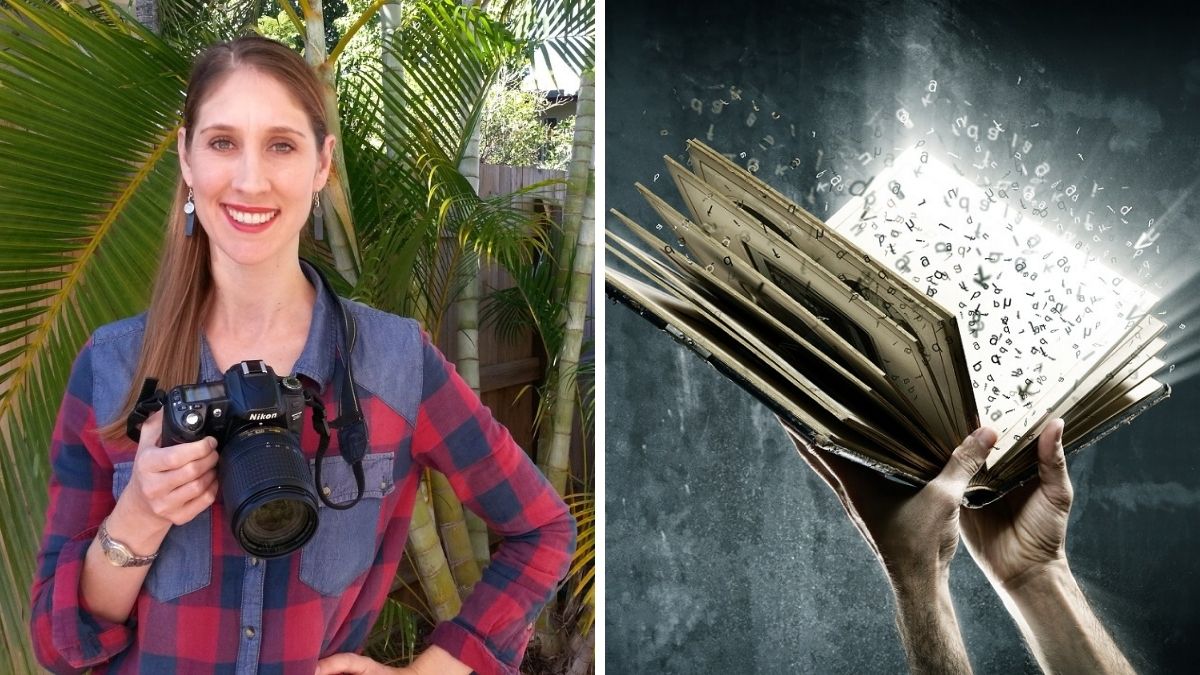
Don’t do the setting of a story before reading this!
A key foundation for all good life stories is setting.
Indeed settings can create mood for your project.
Plus they help introduce characters into a story.
So let’s find out about different types of settings and how to get started…
Related article – Writing tips: The ultimate guide of life-story tips for new writers
What is a setting definition?
Setting is someone or something’s surroundings or environment. For example:
Location: Buildings, interiors, exteriors, scenery, geography, nature.
Feeling or vibe: Created by social climate, dominate cultures, education standards, politics, religion, fashion, senses (how things felt, sounded, looked, smelt and tasted), weather, population.
Point in time: Time of day, season, year, century, eras etc.
Related article – What makes a good story: Dialogue writing, suspense writing and other writing techniques
Why is the setting important?
Setting establishes story context and the ‘big picture’.
It also lets you confidently introduce characters and plot.
That is to say, settings help your audience understand characters, their motivations and actions.
Finally, setting influences the tone, mood or atmosphere of your project.
Related article – Writing characters: If you’ve already tried creating characters, don’t read this. It’ll break your heart
How do you write settings of a story?
Use clear detail to explain settings not broad generalisations or cliches.
For example, “it was a two-storey, brown-brick house with a gable roof” instead of “the house was big”.
So really spell out what you remember and give your audience clear clues about what to imagine.
Also describe major settings at the start of a story or chapter and sprinkle throughout your whole project.
Related article – Story detail: Identifying key details in a story to make your autobiography shine
Related article – Visual writing: Become a visual storyteller with visual writing techniques
Final say
Settings are crucial for a life story.
Certainly they make it easy for your audience to visualise your memories plus gain insight into characters and events.
So use precise detail to describe a setting’s location, mood and time.
You will be a setting master in no time.
Happy writing!
Free gift!
Interview a loved one and record their memories using the Your Family Stories System. Get the first few sections for free by signing up here.
Your say
What is a memorable place or setting from your childhood? I’d love to hear your thoughts. Send me an email or leave a reply in the comments section at the end of this article.
Get in touch
Have you hit a roadblock planning, creating, polishing or finishing your life story? Let me know so I can help!
Don’t miss an article
Know when new material is published. Sign up here.
First published May 9, 2019: This article has been updated and improved.

